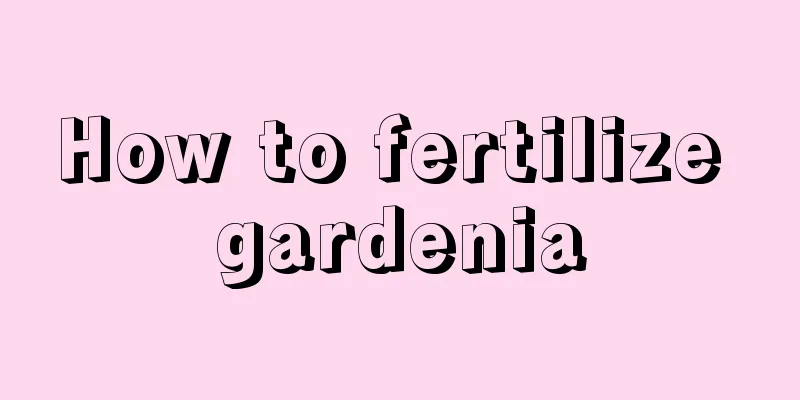Why do onions die slowly after being planted (What causes the death of onion seedlings)

|
As the saying goes, "Seven onions and eight garlics are in season", this season is the sowing season for green onions. Green onions have strong cold and heat resistance, but the plants grow slowly at low temperatures, have weak cold resistance, and are prone to die; at high temperatures, the plants are thin, the leaves turn yellow, and are prone to diseases, resulting in death after transplanting. The green onions here are usually raised in autumn, planted in the summer of the following year (mid-June to early July), harvested, stored and sold after winter . In some places, they are sown in spring, late autumn or winter. Whenever green onions are transplanted into the field, some seedlings often die, which is caused by a variety of reasons. First, the soil causesIt is not advisable to plant green onions in the same crop continuously. In the next crop of onion and garlic vegetables, whether it is seedling cultivation or green onion cultivation, it will cause weak growth, serious diseases and insect pests and other adverse phenomena. In severe cases, the plants will slowly wither and die. If too much raw manure is applied, it will cause plant death. Second, the reason for moistureGreen onions are relatively drought-resistant, and there is a saying that they are the kind of green onions that cannot be killed by drought, but their roots like moisture. Therefore, during the growth and development of green onions, more or less soil moisture will not have much impact on fertility. During the seedling growth stage after transplanting, the original old roots quickly rot, and new roots begin to grow after 4-5 days, and then new leaves begin to grow. During this period, the soil has sufficient moisture and the seedlings grow quickly, but too much moisture in the soil can easily cause root rot and yellow leaves. In severe cases, the soil contains too little oxygen, which can lead to root rot and plant death. During this period, drought is better than flooding. Generally, there is no need to water. Drain the water in time after rain and avoid water accumulation. This will allow the root system to renew quickly and the plant to turn green again. Third, the causes of pests and diseasesCommon insect pests of green onions include onion flies, also known as cutworms, small cutworms, white grubs, mole crickets, etc. These pests often cause the death of green onions. Like the onion fly, which onion farmers call ground maggots, it is the main underground pest of onions. It mainly harms onion and garlic vegetables. The larvae feed on the rhizomes of onions. The above-ground leaves of the affected plants turn yellow, wilt, and even die in large numbers. Cutworms gnaw on the stems underground, causing the plants to die; mole crickets bite and bore into the soil around the roots, also causing the plants to die. Common diseases of green onions include purple spot, rust, sclerotinia, viral disease, downy mildew, soft rot, black spot, etc. If they are not prevented and controlled in time, serious outbreaks may occur, which may also cause death of the plants. Like the purple spot disease of green onion, all the leaves will die when the disease is serious. Verticillium wilt is a viral disease. In severe cases, the leaf tips turn yellow and the entire plant dies. Another example is soft rot, which is a bacterial disease. Bacteria invade through the wound, causing the plant to become soft, slippery, and rotten, with a foul odor and the appearance of white bacterial paste, and finally the plant becomes soft, rotten, and dies. In short, the problem of green onions slowly dying after transplanting is mainly caused by the weakness of the seedlings, the lack of soil and water, as well as diseases and insect pests. Therefore, we must pay attention to the cultivation of seedlings, cultivate high-quality and strong seedlings, plant them reasonably, fertilize and water them scientifically, and pay attention to the prevention and control of diseases and pests, especially the prevention and control of underground pests, which must be strengthened. |
Recommend
When is the best time to sow gourds?
Gourd is an annual climbing herb belonging to the...
How to save seeds of purslane
How to get purslane seeds Purslane seeds are gene...
How to prune okra and its key points
Okra pruning time Generally, okra needs to be pru...
When is the best time to transplant green onions?
Scallions are an indispensable vegetable and cond...
How to grow Desert Rose to make it more vigorous?
Desert rose is a species of plant in the Apocynac...
Where do sunflowers grow? Where do they like to grow?
Sunflower growth habits Sunflowers can be planted...
Can garlic water kill insects?
1. Can kill insects Because garlic solution has a...
How to care for the newly bought white palm
1. Soil You need to check the soil in the pot of ...
When does Clivia bloom? When does Clivia bloom?
1. When is the flowering season? Clivia usually b...
When does the osmanthus tree bloom?
1. Flowering time The flowering period of osmanth...
What does the banyan tree look like and what are its characteristics?
1. What does the banyan tree look like? The banya...
When is the right time to plant grapes?
Grape planting time There are many varieties of g...
How to grow round-leaf peperomia
1. Soil Peperomia likes breathable, loose, well-d...
How to care for frost flower succulent? Is it easy to get out of shape after cultivation?
Frost Flower Succulent is a plant of the Crassula...
Wintersweet cultivation methods and precautions
In the midst of ice and snow, when all flowers ar...









